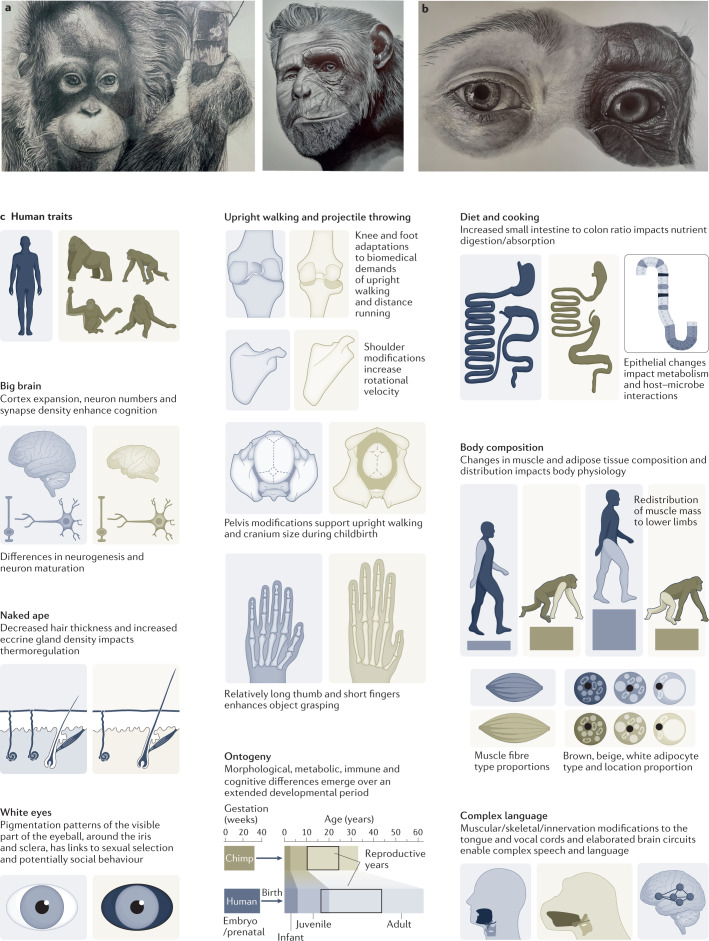Fig. 2. A selection of human-specific traits.
a–b, Pencil drawings of a juvenile orangutan (part a, left), chimpanzee and human facial (part a, right) and eye (part b) structures highlight similarities and differences between humans and closest living relatives. For example, human facial morphology changed to reduce the size of the jaw and to support rapid social communication, and changes in orbital areas around the eye together with loss of pigmentation of membranes covering the sclera in humans make the direction of eye gaze more prominent. c, Shown are an assortment of phenotypes that differ between human (grey) and chimpanzee (beige) and are associated with human specializations. Artwork in parts a and b, images courtesy of E. G. Triay. In part c, shoulder structure is reprinted from ref. 17, Springer Nature Limited; pelvis structure is adapted with permission from ref. 20, Elsevier and tongue/vocal cord structures are adapted from ref. 326, CC BY 4.0 (https://creativecommons.org/licenses/by/4.0/).

